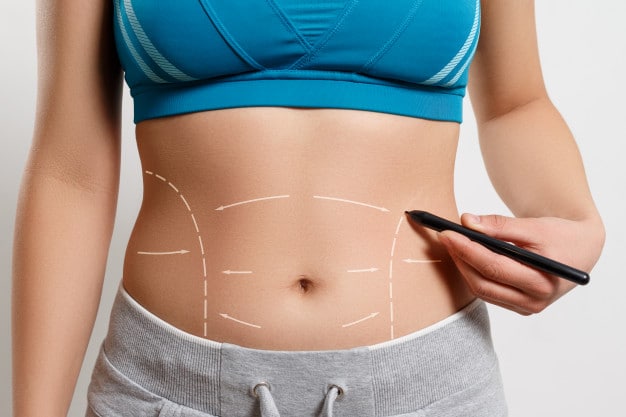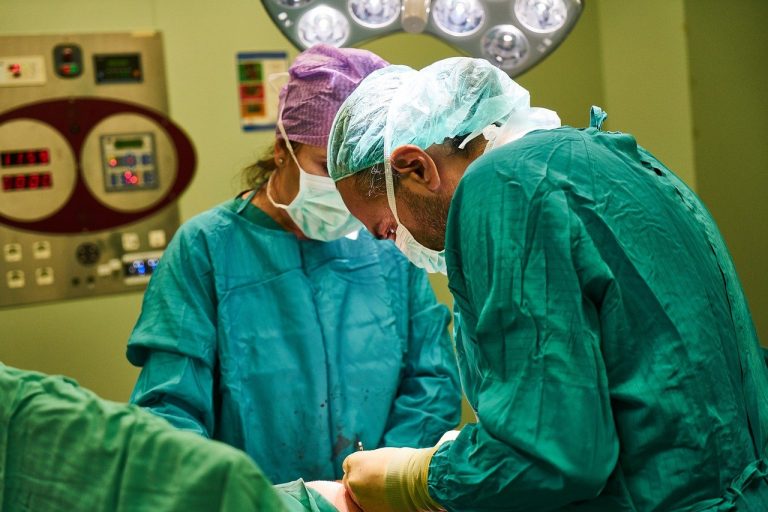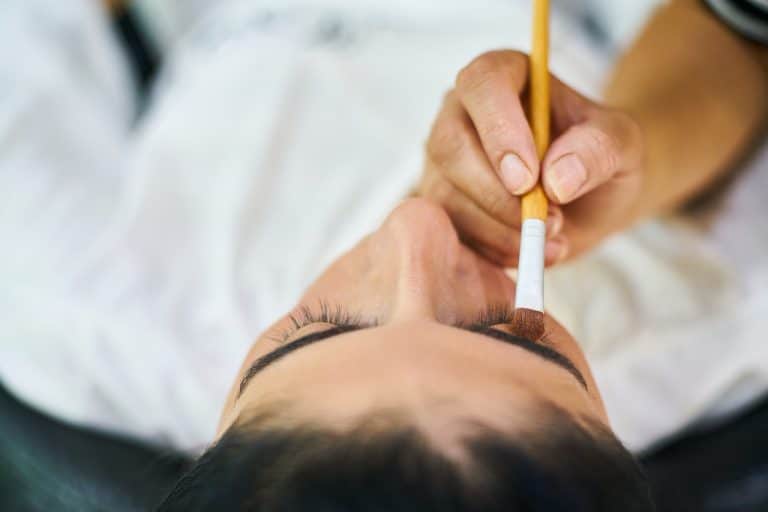Getting rid of loose skin on your own is incredibly difficult, and that is one of the reasons why so many people remain frustrated with their bodies even after they have lost quite a bit of weight. After losing a significant amount of weight or giving birth to a child, a patient might have rolls of loose skin along the abdomen as well as weakened or damaged abdominal muscles. The primary purpose of the tummy tuck procedure is to contour the midsection that it once again appears to be flat, toned, and well-balanced.
In This Article
Your First Few Steps
If you think that you might be a good candidate for this procedure, then you should spend a little bit of time researching how the operation is carried out. In addition to taking a look at some tummy tuck before and after photos, you can also schedule a no-obligation consultation with an experienced cosmetic surgeon. That appointment will give you the opportunity to ask any questions that you might have. Once the surgeon has heard about your medical history and cosmetic goals, they will then be able to determine if this procedure is right for you.
Getting Ready for Your Tummy Tuck
The steps that you take in the weeks leading up to your tummy tuck will have a huge impact on the results as well as your recovery. That is why you must follow all of your pre-op instructions and try to remain as healthy as possible. Your surgeon will most likely suggest that you get plenty of rest, stay hydrated, and continue your workout routine. They might also want to make some changes to your current prescriptions if you are taking any other medications. Just before your procedure, you will need to refrain from eating and drinking.
The Average Abdominoplasty Procedure
This highly personalized procedure is almost always carried out with a general anesthetic, and you are going to be fully asleep throughout the operation. Once you are asleep, the surgical team can make a small incision just below the waistline. The next step in the process is to excise any loose skin throughout the abdominal area. The surgeon might also want to extract localized pockets of fat and adjust the underlying abdominal muscles. When the surgical team is happy with the overall appearance of your abdomen, they can suture the incisions and place a compression bandage over the treatment site.
What Is the Recovery Like?
The average patient fully recovers from this procedure within just a few weeks, but you will need to plan on being mostly inactive during that time. During the initial phase of your recovery, your discomfort can be managed with prescription medications and compression wraps. When the incision has begun to heal, you can then carefully clean the treatment site. By the third or fourth week, most of the inflammation and discoloration should fade away.










![Home Renovation Guide [2025]](/app/uploads/2021/04/design-hacks-1-378x300.jpg)
